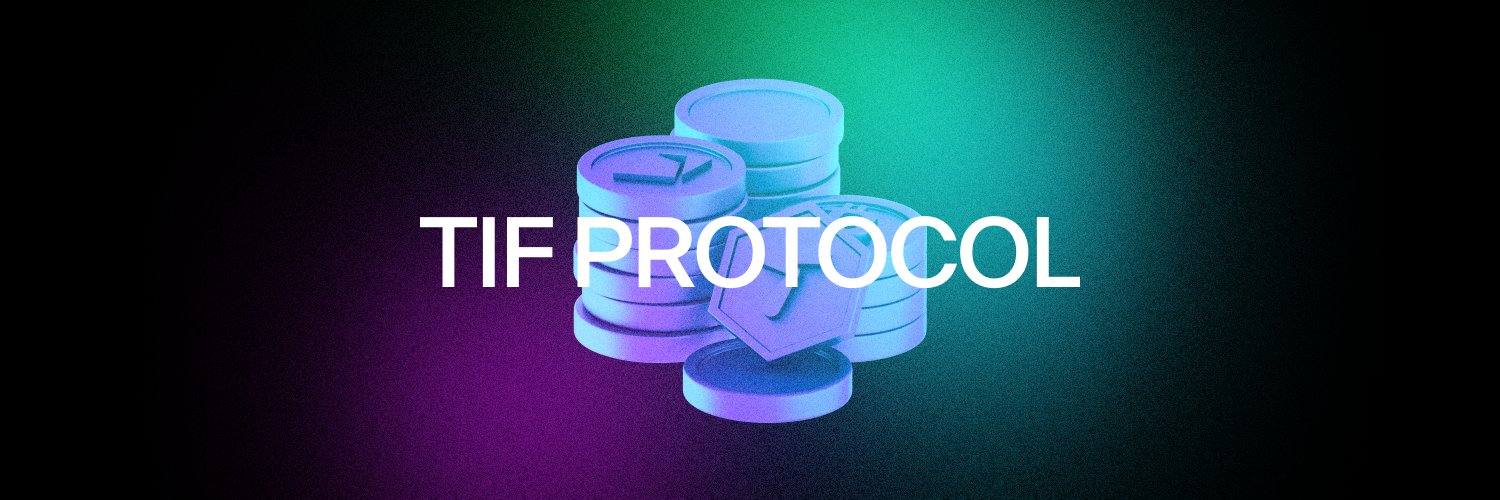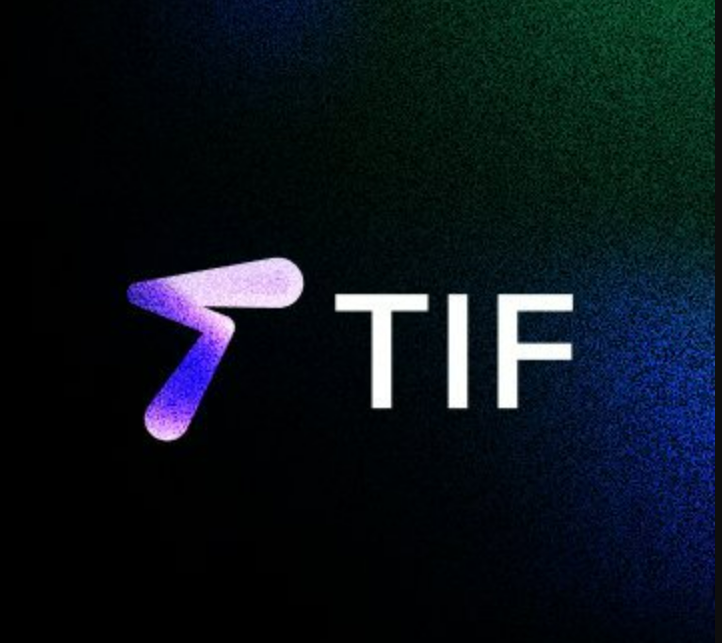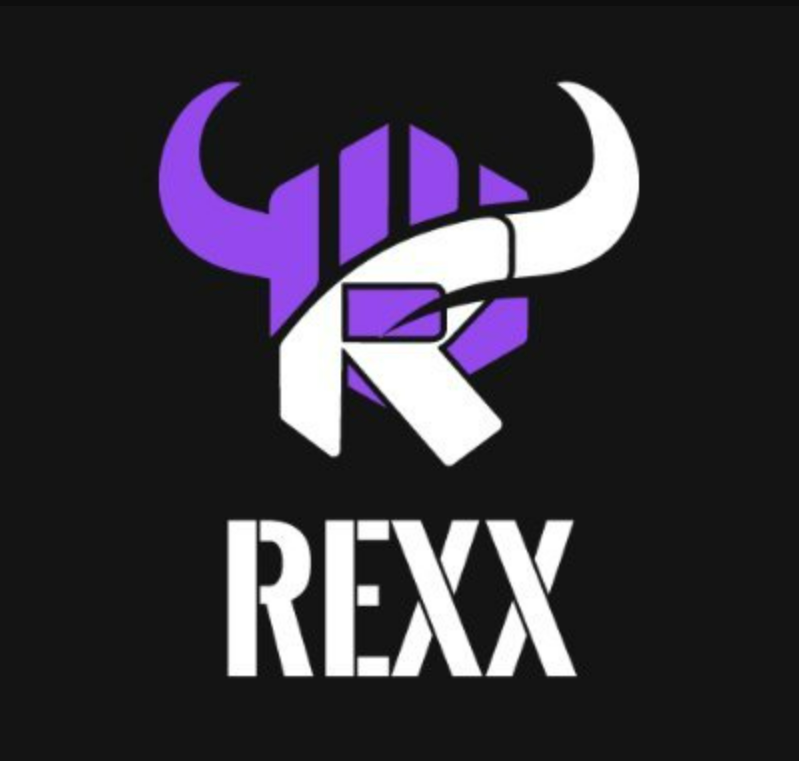
What is Tif Protocol ?
TIF Protocol is a decentralized exchange protocol that facilitates cross-chain operations, allowing users to seamlessly trade and transfer assets across different blockchain networks.
TIF Protocol serves as a cross-chain decentralized exchange, consolidating liquidity from diverse blockchains, regardless of their utilization of EVM technology. Through TIF Protocol, individuals can seamlessly exchange any token and migrate their assets between blockchain networks.
The core tenets of the TIF Protocol are crafted to deliver a frictionless cross-chain trading journey for users, guided by the following fundamental principles:
- Complete Decentralization : The TIF protocol operates without a central authority, ensuring that no single party can halt its functionality or censor user access.
- Interoperability : TIF aims to connect every blockchain that attracts sufficient market interest, ultimately striving to create a unified bridge between all blockchains.
- Non-custodial : User funds remain secure, as no one – not even the TIF team – has access to them.
- Boundless Cross-chain Liquidit : The TIF protocol targets the full range of token pairs across supported blockchain networks, providing the best prices to exchange any arbitrary token pair.
Token Sales and Economics
Here’s the information about the Tif Protocol token organized into a two-column table:
| Token Name | Tif Protocol |
| Token Symbol | TIF |
| Token Decimal | 18 |
| Total Supply | 1,000,000 |
| Holder Count | 783 |
| Contract Address | 0x0c0Ad889A47A2210EB97032FC642A3291dbBF1Ef |
| Contract Verified? | Yes |
| Project’s Age | 6 days, 17h, 40m |
| Contract Type | BEP20 |
| Compiler | v0.8.18+commit.87f61d96 |
| Sol License | MIT |
| Contract Name | TifProtocol |
| Contract Created | Jan-23-2024 10:45:37 AM +UTC |
| Contract Language | Solidity |
| Related Audit | 0 |
Roadmap and Updates
Quarter 1 Project Inception and Planning
- Form the core project team, including developers, designers, and advisors.
- Conduct extensive market research and competitor analysis.
- Define the project’s vision, goals, and initial scope.
- Develop a preliminary whitepaper outlining the project’s objectives.
Quarter 2 Initial Devnet Setup and Team Building
- Begin smart contract development for the devnet.
- Build a simple project website and establish a social media presence.
- Onboard technical advisors and blockchain experts.
- Define the project’s tokenomics and governance framework.
Quarter 3 Smart Contract Development and Testing
- Continue smart contract development and start integration with the devnet.
- Conduct initial security audits and code reviews.
- Explore potential partnerships with tech and blockchain companies.
- Develop a comprehensive roadmap for the devnet launch, including a presale event.
Quarter 4 Devnet Deployment and Early Testing with Presale
- Launch the devnet in a closed or semi-open environment for early testing.
- Engage with a select group of developers and community members for feedback.
- Conduct a presale event to secure initial funding and community support.
- Outline plans for expanding the devnet’s features and capabilities.
Quarter 5 Devnet Expansion and Community Engagement
- Open the devnet to a wider developer audience for testing.
- Gather feedback and iterate on smart contracts and network performance.
- Launch the project’s official social media channels and website.
- Begin building a strong and active online community.
Quarter 6 Developer Outreach and Documentation
- Organize developer-focused events, hackathons, and workshops.
- Develop comprehensive documentation and tutorials for the devnet.
- Continue expanding partnerships with other blockchain projects.
- Launch a bug bounty program to incentivize security testing.
Quarter 7 Governance Implementation and Token Economics
- Introduce governance features on the devnet, allowing token holders to propose and vote on network upgrades.
- Fine-tune the project’s tokenomics, including staking rewards and incentives.
- Collaborate with early adopters and partners to create use cases on the devnet.
- Prepare for the public announcement of the project.
Quarter 8 Public Devnet Launch and Ecosystem Growth
- Open the devnet to the public, allowing broader developer participation.
- Launch an incentivized testnet with rewards for developers.
- Initiate marketing and awareness campaigns to attract users and developers.
- Focus on expanding the ecosystem through strategic partnerships.
Quarter 9 User Acquisition and Adoption
- Develop user-friendly tools and interfaces for the devnet.
- Collaborate with dApps and DeFi projects to create interoperable solutions.
- Attract more users and developers through targeted marketing efforts.
- Explore additional use cases and partnerships for the devnet.
Quarter 10 Cross-Chain Integration and Scaling
- Explore cross-chain compatibility and integration with other blockchain networks.
- Scale the devnet’s infrastructure to handle increased usage and traffic.
- Enhance security measures and conduct regular audits.
- Launch developer grant programs to incentivize projects to build on the devnet.
Quarter 11 Governance Maturity and Decentralization
- Continue improving governance mechanisms and community participation.
- Foster decentralization by encouraging node operators and validators.
- Expand the devnet’s ecosystem by onboarding more DeFi projects and developers.
- Explore potential partnerships with academic institutions and research groups.
Quarter 12 Ecosystem Sustainability and Future Planning
- Assess the achievements and challenges of the devnet.
- Plan for the transition to a fully decentralized and community-governed network.
- Explore opportunities for the mainnet launch or integration with a larger blockchain ecosystem.
- Continue to engage and support the growing developer and user community.





